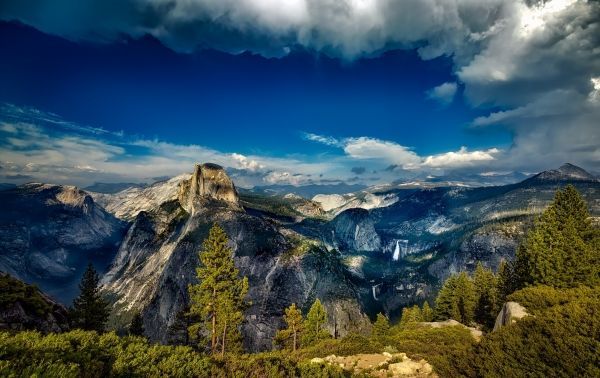The air in US national parks contains just as much ozone pollution as the air in many of the country’s largest cities, according to a study published on 18 July in Science Advances.
The findings raise important health questions for people who visit the parks, says Ivan Rudik, an environmental economist at Cornell University in Ithaca, New York, and a study co-author. That’s because exposure to ozone pollution can irritate the nose and throat, lead to chest pain or exacerbate conditions such as asthma.
Ozone starts to form when nitrogen oxide gases — often emitted by cars — or particulates from coal-fired power plants combine with organic compounds given off by vegetation such as trees, Rudik explains. Sunlight reacts with this mixture to then produce ozone.
Read more at Nature.com
Image Source: Pixabay.com


